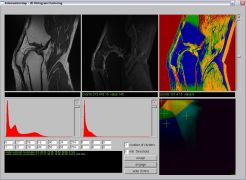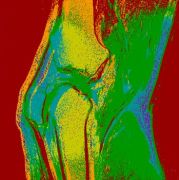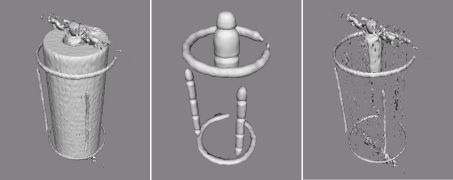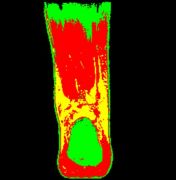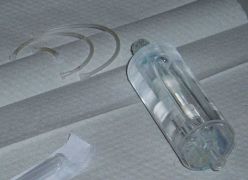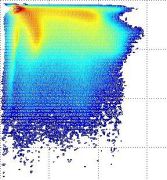MR Based Attenuation Maps for PET Measurements
Attenuation occurs when photons are scattered inside the scanned object in such way that they do not reach the detectors. Depending on the scanner and the object scanned, attenuation can reduce the photon count down to 10% and thus decrease the quality of the images. Hence the attenuation correction is an extremely important part of the
PET.
The goal of the project was to propose and evaluate alternative methods for generating an attenuation map for use in PET. Instead of using the standard approach of utilizing
CT scans or transmission measurements we try to determine the attenuation map from MR images. The possibility of alternative use of
MR images is discussed for various reasons. Attenuation correction with normal CT scans is not possible for small animals because the radiation dose of a scan is to high and leads to death in many cases. Another reason is the possible improvement of the throughput time by avoiding the long transmission scans usually used in many PET devices. Besides there is a lot of current research on combined PET/MR scanners. With functioning attenuation correction these scanners would have many advantages over the existing PET/CT systems.
The major results of the IDP (interdisciplinary project) are:
- a valid set of corresponding MR and PET measurements of a phantom object was made after phantom modifications
- a pre-processing step needed for the successful co-registration of the MR and PET images
- an intensity based segmentation approach for determining an attenuation map from an MR image
- an approach for generation of the attenuation map based on the clustering of the joint histogram of two different MR images of the same object
- an application was developed that is supposed to facilitate future work on the project
The IDP was a part of the ongoing joint project of the "Nuklearmedizinsche Klinik" at the "Klinikum rechts der Isar" with the Chair for Computer Aided Medical Procedures (CAMP) at the TUM. The work presented makes up only a small part of the whole project. It presents no final solutions but more a snapshot of the current state and still a very early phase of the project.
